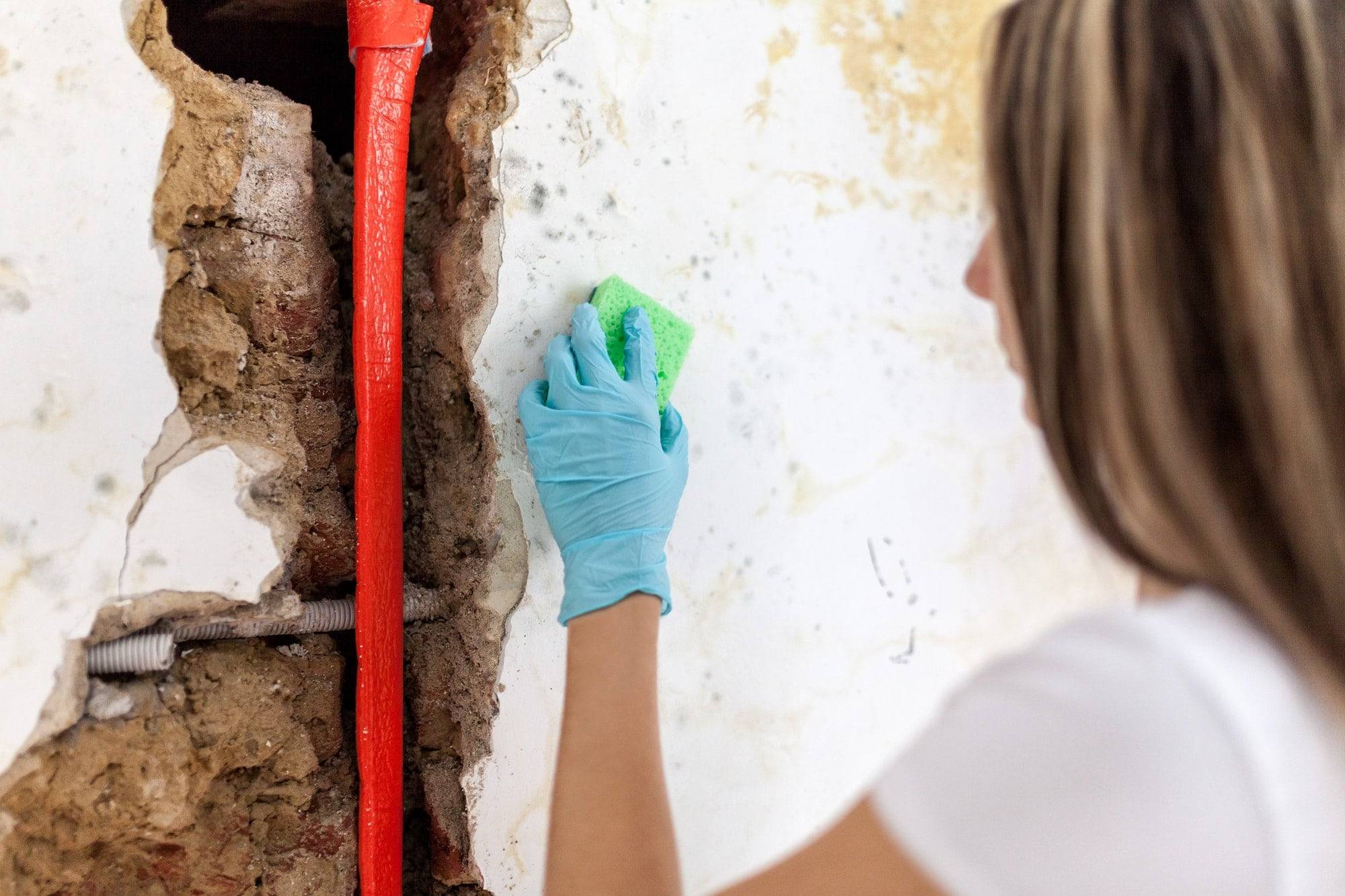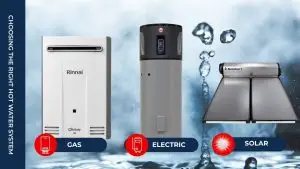Rising damp is a significant problem that can cause lasting damage to your home and your health. However, it’s not only caused by condensation and heavy rainfall. One of the lesser known causes is drainage problems. Blocked drains cause rising damp more than most homeowners realise. So, we’re going to look at how to identify rising damp, how your drains can cause it, and what to do about it.
Can blocked drains cause rising damp?
Yes, blocked drains are a very common cause of rising damp.
A blocked drain can be doing more damage to your home than you might realise.
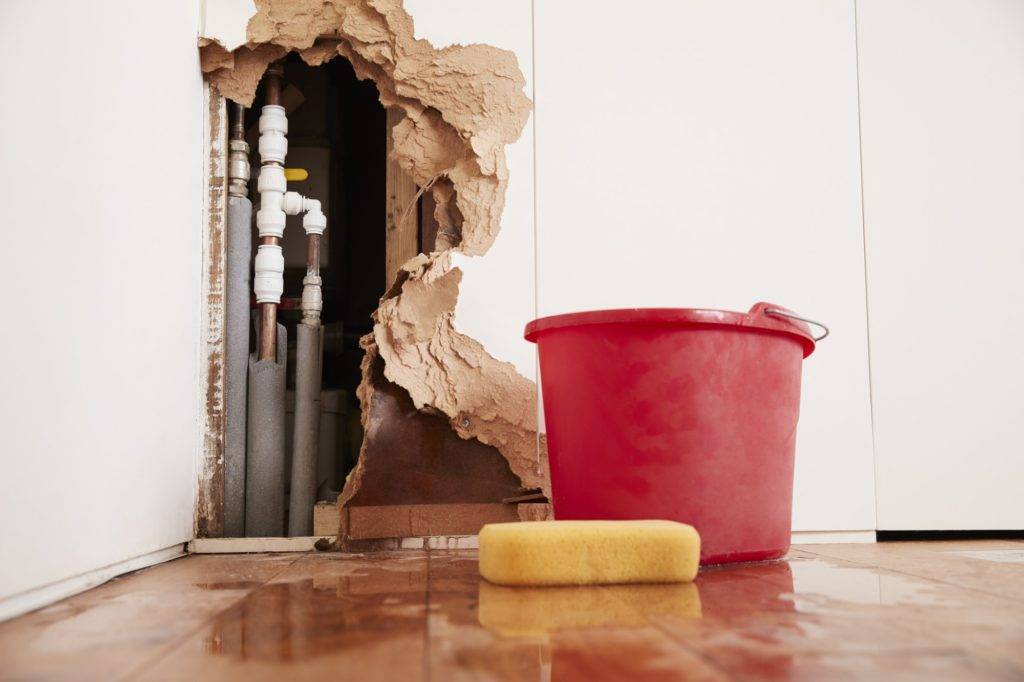
Faulty drainage pipe systems can spread damp and wet rot, often invisible at first, through the home, as the leaks caused by blocks slowly infiltrate walls and floors.
This creates a moisture-filled environment that makes it much easier for damp and mould to spread through the home, affecting the structural stability of the home and giving rise to real health risks.
Signs of rising damp
First of all, it’s important to be able to identify rising damp. By recognising the signs more quickly, you can act before it has a chance to spread throughout the home:
- Dark spots or discoloured, wet looking patches on walls
- Musty, damp odours
- Mould appearing on walls, ceilings, and surfaces
- Peeling wallpaper in wet rooms of the home
- Lots of condensation, especially on the windows
What to do when you spot rising damp in your home
As soon as you see damp, whether rising or penetrating, it’s important to act on it as soon as you possible can. Here are a few things you need to do first:
Check your downpipes and gutters
As mentioned, any issues with your drainage system can cause significant problems in the home.
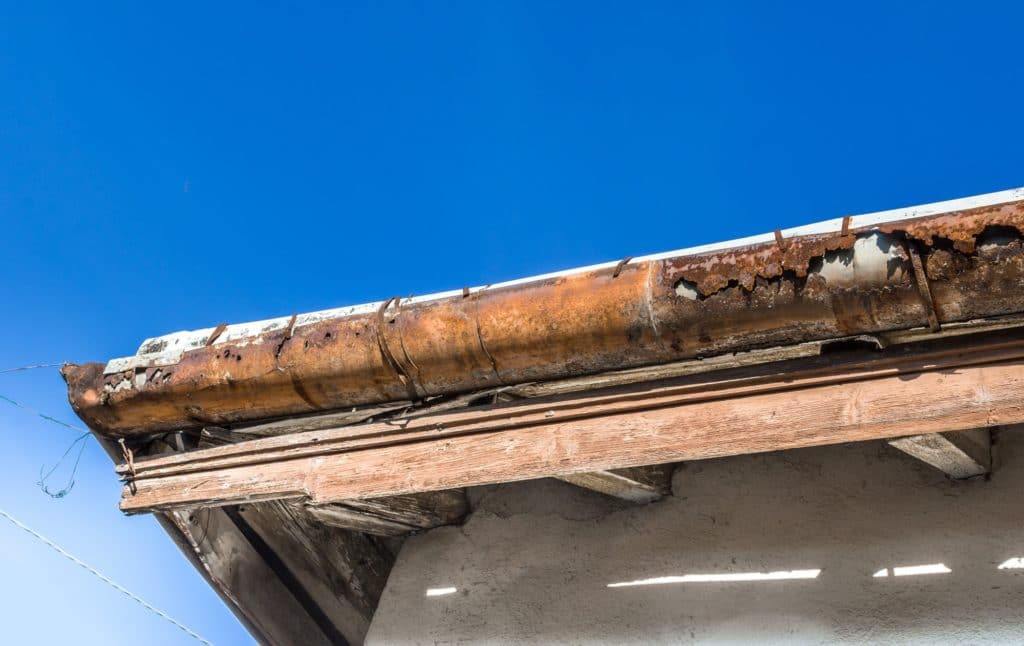
Inspecting the pipes in the home for leaks is going to help you stop the problem by refraining from turning the connected taps on.
They still need to be fixed but knowing what’s causing the problem for now is wise.
Are your pipes damaged
Cracks and breakages in your pipe can lead to some of the most severe water damage.
Besides testing your pipes, make sure you thoroughly inspect them visually to see any signs of that damage that might necessitate repairs or replacement.
Check your drains for blockages
As mentioned, blocked drains are a significant risk to the home.
“Blocked drains cause rising damp more than most homeowners realise”
If the drain is blocked, then they will overfill, leading to water building up.
When water is allowed to stand, it will look for the path of least resistance to keep moving, and that can mean infiltrating the home.
Check for root ingress
If the home is near any trees, then root ingress is a problem you need to know about.
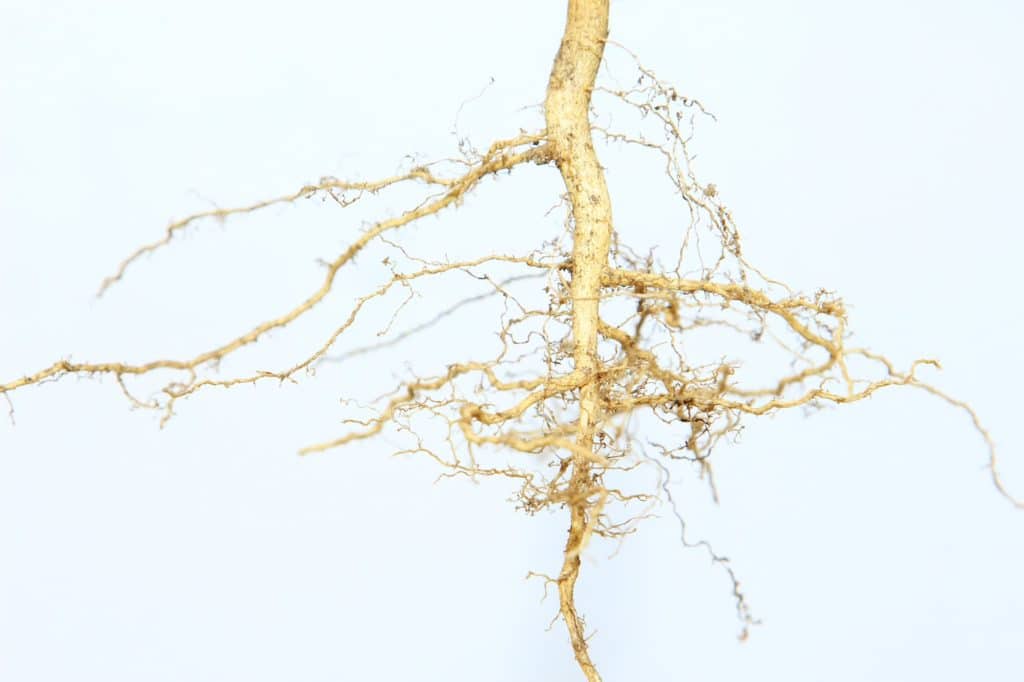
Tree roots seek water, which means they can grow into and through your drainage systems, leading to blockages, damage, and resulting in water damage and damp.
What causes blocked drains?
Your first priority when you notice damp and suspect that blocked drains are involved is to have a professional find a solution as soon as possible.
The longer you let a blockage rest, the worst can get.
This is especially true if the blockage is allowed to move deeper into the drains, potentially causing damage to the pipes as it goes down, which only speeds up damp and water damage problems.
Physical obstructions are the most common issues facing your drains.
Heavy rainfall and other issues can increase the water volume beyond the drainage system’s limit, flooding them and causing water to back up.
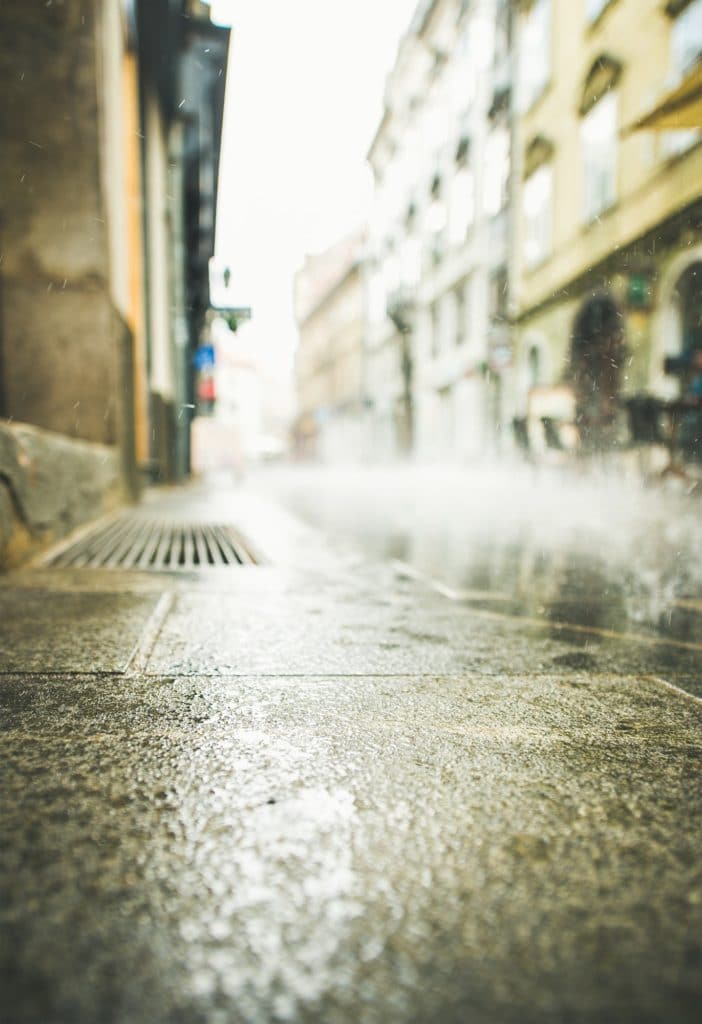
Often, it can be things like plant matter, including leaves and twigs, especially in the winter.
Root ingress is another common issue for any homes that have trees nearby.
“A blocked drain can be doing more damage to your home than you might realise.”
However, having a drainage system fit that is able to handle the volume of water trying to go through it can also be an issue.
Damp is your responsibility, so let us handle it
We often hear customers react with confusion when they realise that their drains are their responsibility, not the responsibility of their local council or government.
Though it might not be inside your home, if your drains are on private property, they’re your problem.
As such, you don’t want to wait around for your damp to grow worse.
You need to call a drainage professional as soon as you notice the signs of damp.
Get in touch with Capital Plumbing and we will be glad to have our team diagnose the issue, fix it, and help you find ways to prevent this problem from occurring again in the future.

